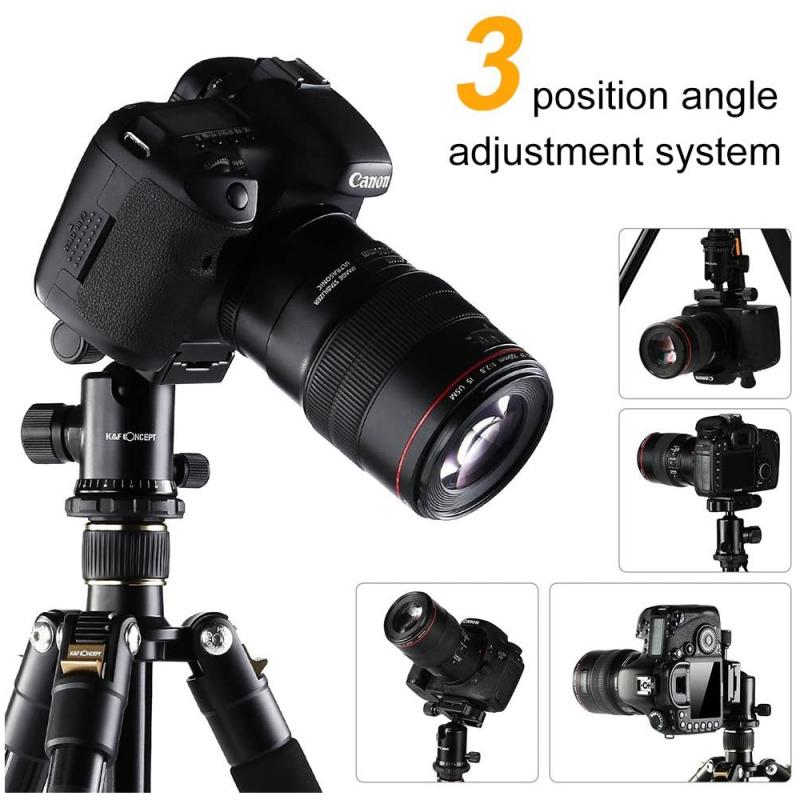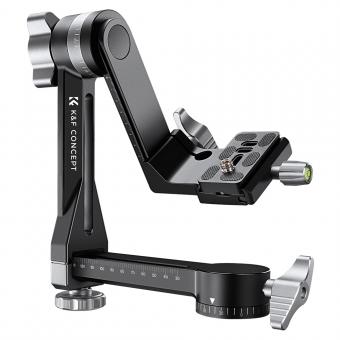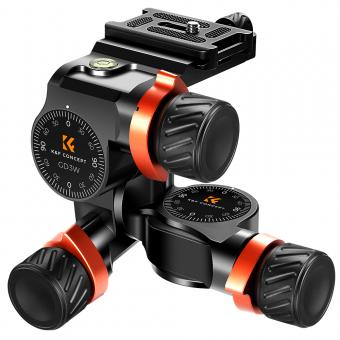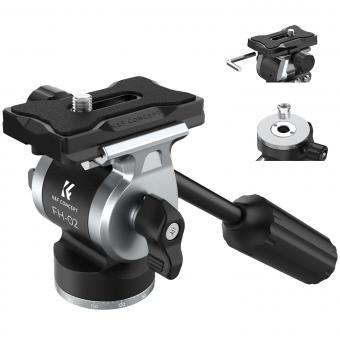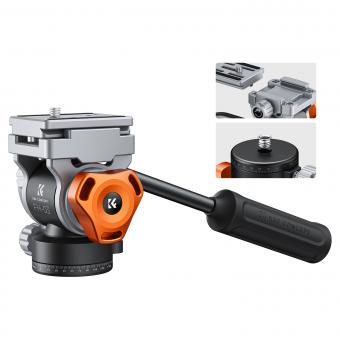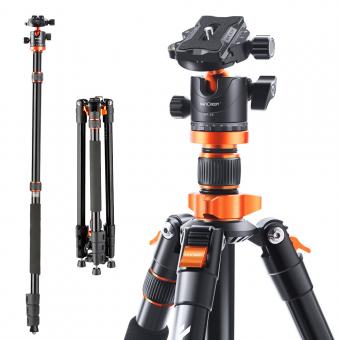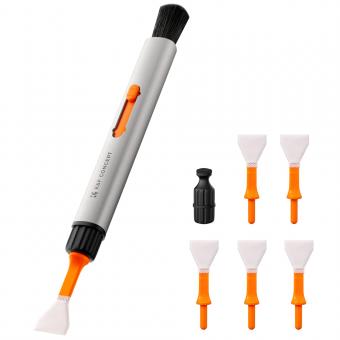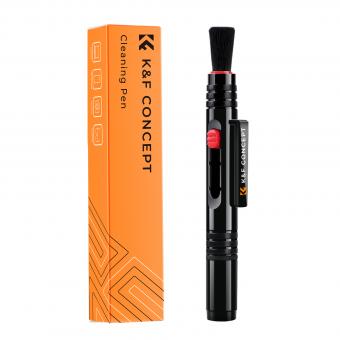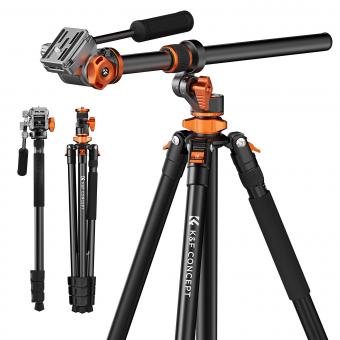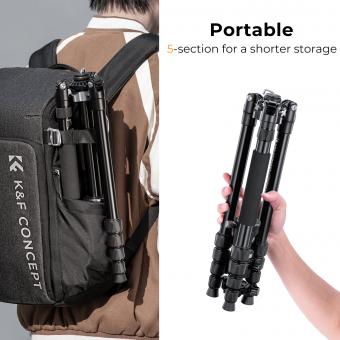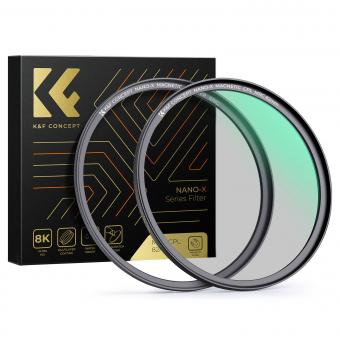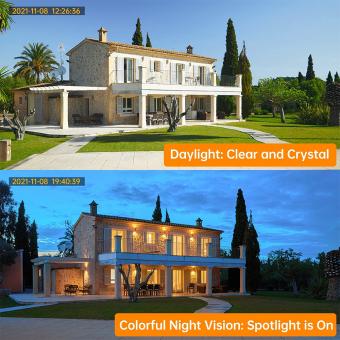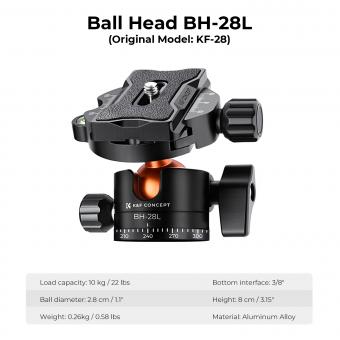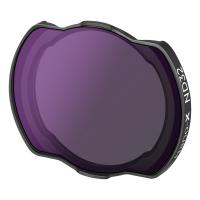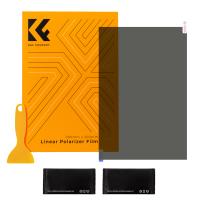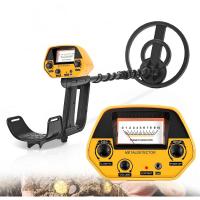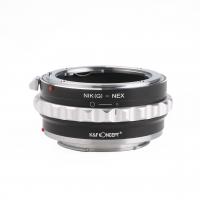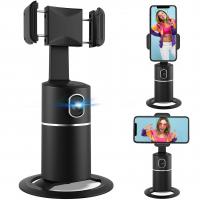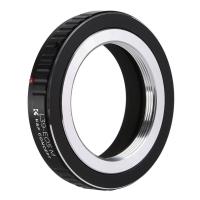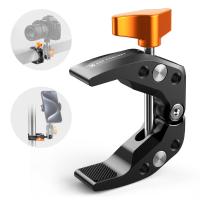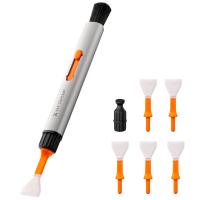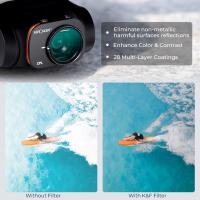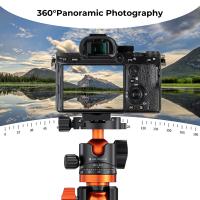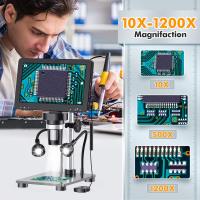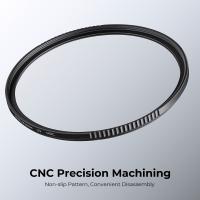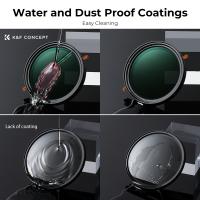What Kind Of Head For Monopods ?
Monopods typically have a swivel or tilt head that allows for easy movement and adjustment of the camera. The specific type of head used on a monopod can vary depending on the photographer's needs and preferences. Some common types of heads used on monopods include ball heads, pan-tilt heads, and fluid heads. These heads provide stability and flexibility, allowing photographers to capture images from different angles and positions.
1、 Ball Head: Versatile and adjustable for various shooting angles.
What kind of head for monopods? The most common and versatile option is the ball head. A ball head is a type of tripod head that allows for smooth and precise movement in all directions. It consists of a ball and socket joint, which enables the camera to be tilted and rotated freely.
The ball head is highly adjustable, making it suitable for various shooting angles. It allows photographers to quickly and easily change the camera's position, whether it's for landscape, portrait, or action photography. The ball head's design also makes it easy to level the camera on uneven surfaces, ensuring straight horizons and accurate compositions.
One of the advantages of using a ball head is its compact size and lightweight construction. This makes it a popular choice for photographers who are constantly on the move or need to travel light. Additionally, ball heads are known for their quick-release systems, which allow for easy and secure attachment and detachment of the camera.
In recent years, there have been advancements in ball head technology. Some manufacturers have introduced models with improved locking mechanisms, ensuring a more stable and secure hold. Others have incorporated features like panoramic rotation scales and friction control, giving photographers more control over their compositions.
Overall, the ball head remains a popular choice for monopods due to its versatility, adjustability, and ease of use. Whether you're a professional photographer or an amateur enthusiast, a ball head can greatly enhance your shooting experience and help you capture stunning images from various angles.
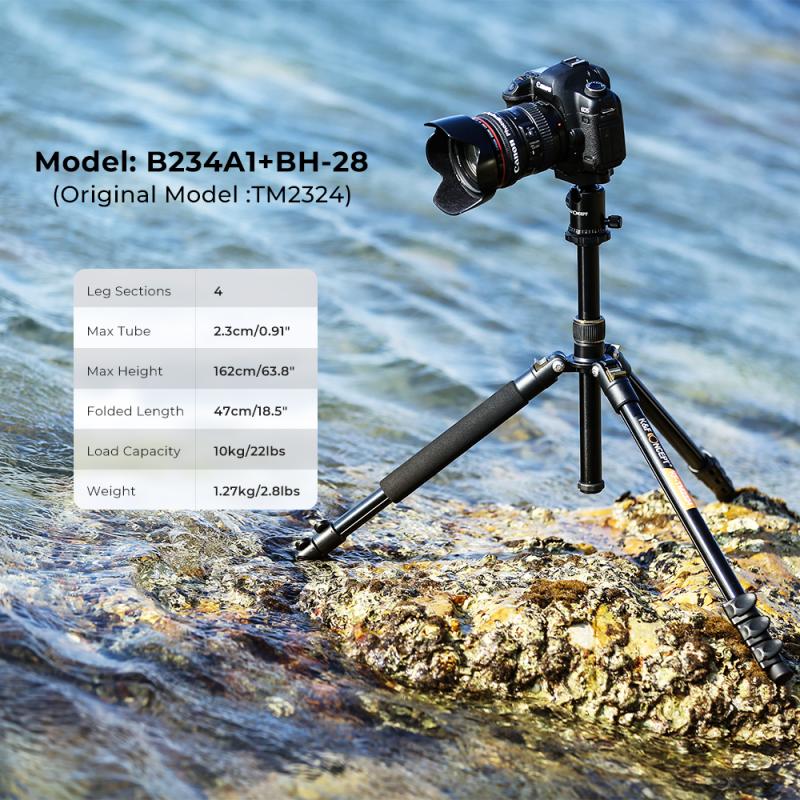
2、 Pan Head: Smooth panning motion for tracking moving subjects.
What kind of head for monopods? The most common type of head used for monopods is the pan head. A pan head allows for smooth panning motion, which is essential for tracking moving subjects. It provides stability and flexibility, making it ideal for sports and wildlife photography, as well as videography.
A pan head typically consists of a horizontal rotating base and a vertical tilt mechanism. This allows photographers to pan horizontally and tilt vertically, giving them the ability to capture shots from various angles. The smooth panning motion of a pan head ensures that the camera moves seamlessly with the subject, resulting in sharp and well-composed images.
In recent years, there have been advancements in pan head technology. Some pan heads now come with built-in fluid cartridges, which further enhance the smoothness of panning and tilting movements. These fluid cartridges provide resistance and dampening, allowing for more precise control over the camera's movements. This is particularly beneficial when shooting video, as it helps to eliminate jerky or shaky footage.
Additionally, some pan heads now feature quick-release plates, which allow for easy and quick attachment and detachment of the camera. This is especially useful for photographers who need to switch between different lenses or cameras frequently.
Overall, a pan head is the preferred choice for monopods due to its ability to provide smooth panning motion for tracking moving subjects. With advancements in technology, pan heads have become even more versatile and user-friendly, making them an essential accessory for photographers and videographers alike.

3、 Gimbal Head: Ideal for telephoto lenses, providing stability and balance.
What kind of head for monopods? The ideal head for monopods is a Gimbal Head. This type of head is specifically designed for telephoto lenses, providing stability and balance that is crucial when working with long and heavy lenses.
A Gimbal Head operates on a unique mechanism that allows for smooth and fluid movement in all directions. It features a pivoting arm that allows the camera and lens to be perfectly balanced, reducing strain on the photographer's arms and providing effortless tracking of moving subjects. This is particularly useful for wildlife and sports photography, where quick and precise movements are essential.
The Gimbal Head also offers a high degree of flexibility, allowing photographers to easily switch between landscape and portrait orientations without having to readjust the monopod. This versatility is a significant advantage, especially when shooting in fast-paced environments where every second counts.
In addition to stability and balance, the Gimbal Head also helps to minimize vibrations and camera shake, resulting in sharper and clearer images. This is particularly important when using telephoto lenses, as any slight movement can be magnified and result in blurry photos.
From a latest point of view, the Gimbal Head has become increasingly popular among photographers due to its versatility and ease of use. With advancements in technology, newer models of Gimbal Heads are now lighter and more compact, making them easier to carry and transport.
Overall, if you are using a telephoto lens and require stability, balance, and smooth movement, a Gimbal Head is the ideal choice for your monopod. It provides the necessary support to capture sharp and professional-quality images, especially in challenging shooting conditions.
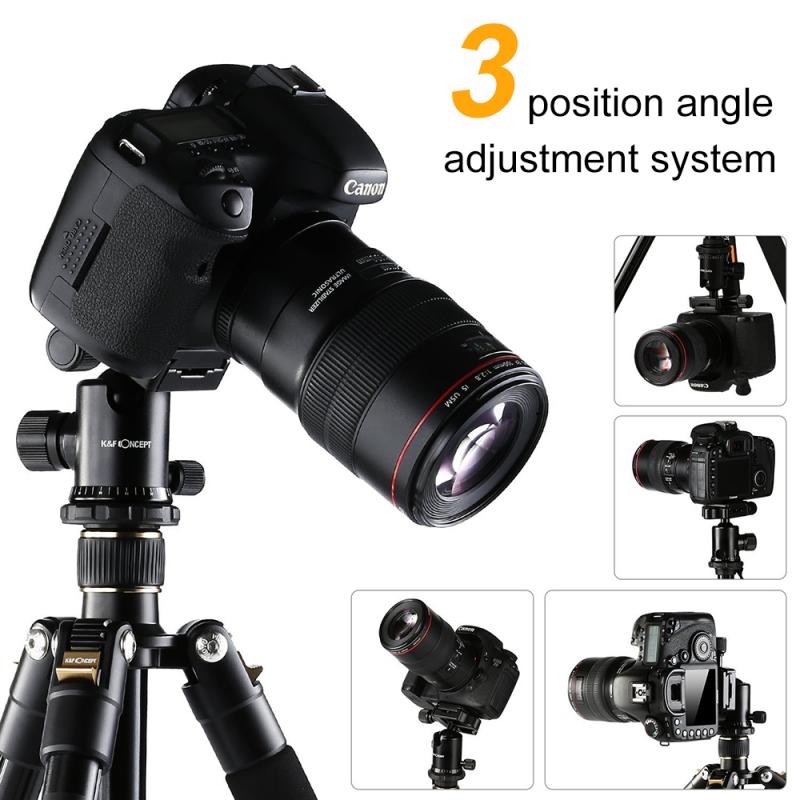
4、 Fluid Head: Offers smooth and controlled movements for video recording.
What kind of head for monopods? A fluid head is the ideal choice. A fluid head offers smooth and controlled movements for video recording, making it a popular choice among videographers and filmmakers.
A fluid head is designed with a hydraulic system that allows for smooth panning and tilting motions. This is especially important when capturing video footage, as jerky movements can ruin the overall quality of the recording. With a fluid head, you can achieve professional-looking shots with ease.
The main advantage of a fluid head is its ability to provide smooth and controlled movements. It allows for precise adjustments, ensuring that you can smoothly follow the action or capture a steady shot. This is particularly useful when shooting dynamic scenes or tracking moving subjects.
Moreover, a fluid head offers a high level of stability. It typically comes with a locking mechanism that keeps the camera securely in place, preventing any unwanted movements. This is crucial for capturing steady shots and avoiding shaky footage.
In recent years, there have been advancements in fluid head technology. Some manufacturers have introduced innovative features such as adjustable drag control, which allows users to customize the resistance of the fluid head to suit their specific needs. This provides even more control and flexibility during video recording.
Overall, a fluid head is the go-to choice for videographers who prioritize smooth and controlled movements. It offers stability, precision, and the ability to capture professional-quality footage. Whether you are shooting documentaries, weddings, or action-packed scenes, a fluid head will undoubtedly enhance your video recording experience.
